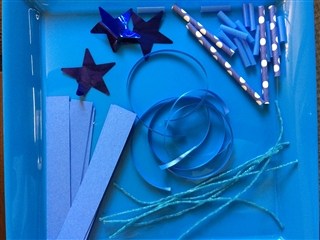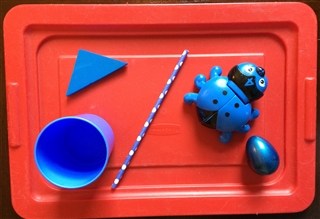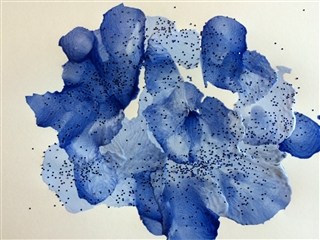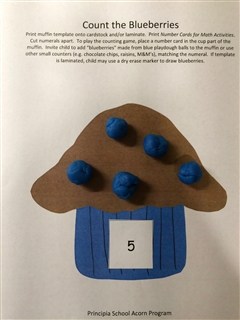For toddlers and preschooler
Materials
1 tray
1 hand towel to cover the tray
3-8 blue objects
Directions
Show variety of blue objects to your child or a group of children. Talk about each one, making sure you name each object and describe what it is used for. With preschool age children, it’s fun to have the children name the objects and tell their purpose.
Place a few objects, at one time, on the tray. With toddlers, I recommend starting with two or three objects. Preschool age children may begin with five objects. Make sure the child knows which objects you are using to begin the game. Invite your child to count the objects on the tray and study them for a minute. Cover the tray with the hand towel. Then ask your child to cover her eyes while you remove one of the items from the tray. Once your child opens her eyes, remove the towel. How many objects are on the tray? Which blue object was removed? Continue the game by adding more objects, one at a time to the tray.
For an additional challenge for preschool age children, try removing two objects at a time from the tray. Always have the child count the number of objects before removing them and counting again after and object or two have been removed.
This activity helps with your child’s spatial and object memory skills.









